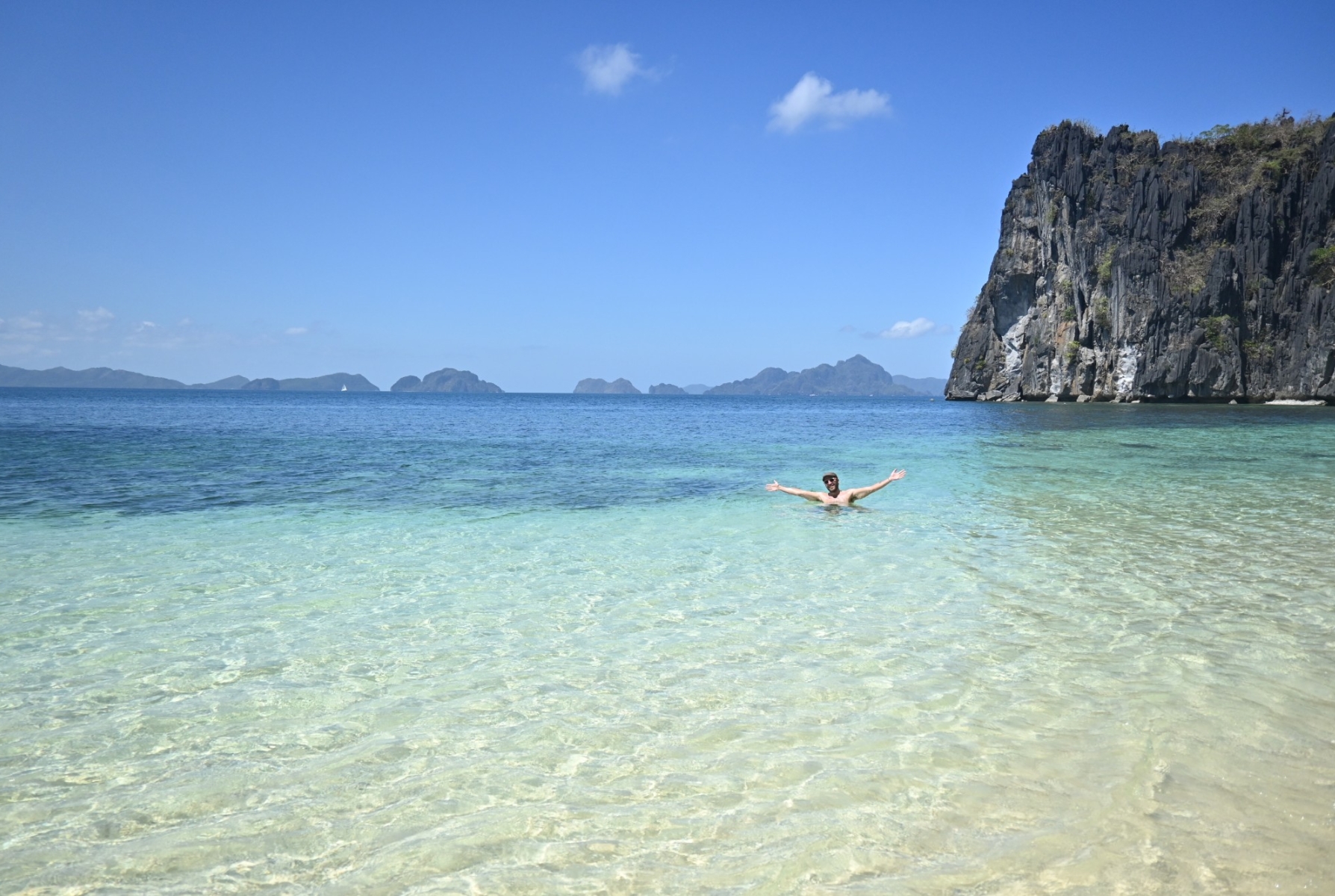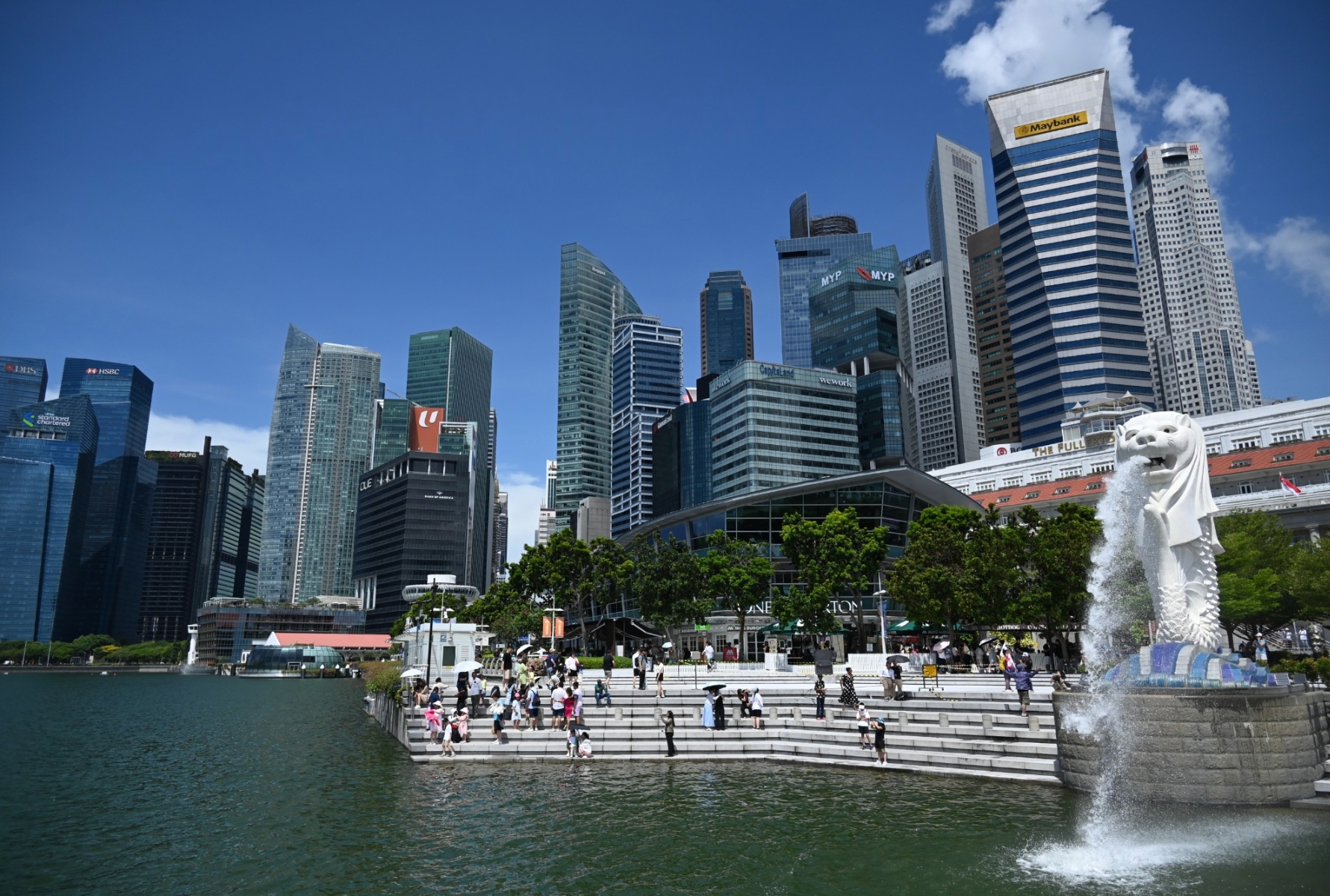THE HAIRY GIRAFFE… IN ROMANIA
After one week in Romania, it’s time to reflect. How did we experience this journey? What were our joys, disappointments, questions, doubts, and discoveries? This is not merely an assessment of a country but rather of a trip—how we perceived it individually and subjectively.
 We are François and Benjamin, Canadian and French giraffe hairstylists and travel enthusiasts. On this blog, discover our travels, tips, moods, and everything you need to become a giraffe hairstylist and embark on travelling the world. An honest blog with photos guaranteed 100% unfiltered and untouched. |
Benjamin’s Travel Reflections
Romania was a pleasant discovery. Was it because I didn’t expect much from this trip? To be honest, I almost felt a little ashamed to say I was going to Romania. When people asked about my next trip, I would say Transylvania. Now, that’s an intriguing place!
Say you’re going to Romania, and people might think you’re wandering into a sad, dark post-communist country. On the contrary, say you’re going to Transylvania, and they might think you’re venturing into Dracula’s intriguing world, populated by haunted castles and misty forests. It just goes to show that sometimes a name can change everything, and marketing still has a bright future ahead…
This trip allowed me to change my perspective on Romania, a country full of contrasts. Those contrasts not only made the journey interesting but also authentic. And most importantly, despite the winter, despite the often gray or snowy sky, I didn’t find the country particularly gloomy.
I actually enjoyed visiting Romania in winter. Firstly, we escaped the tourists. It’s not necessarily my top priority when I travel. I know that we’re far from being the only ones wanting to see the world’s beauties, to learn more about the history and culture of other countries. So, I can’t spend my time complaining because there are other tourists!

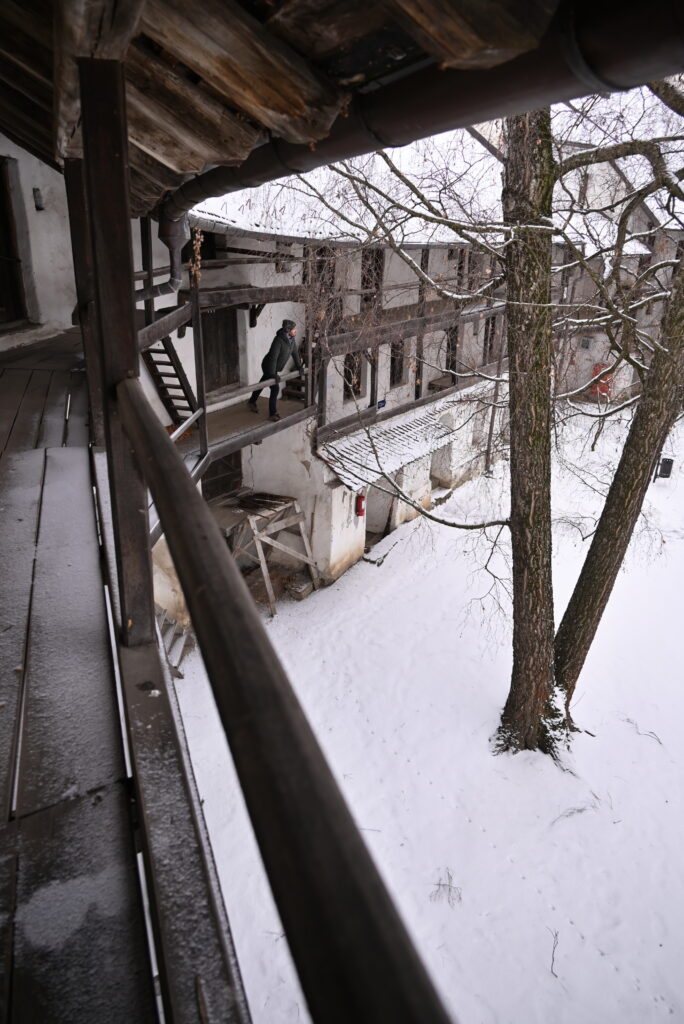
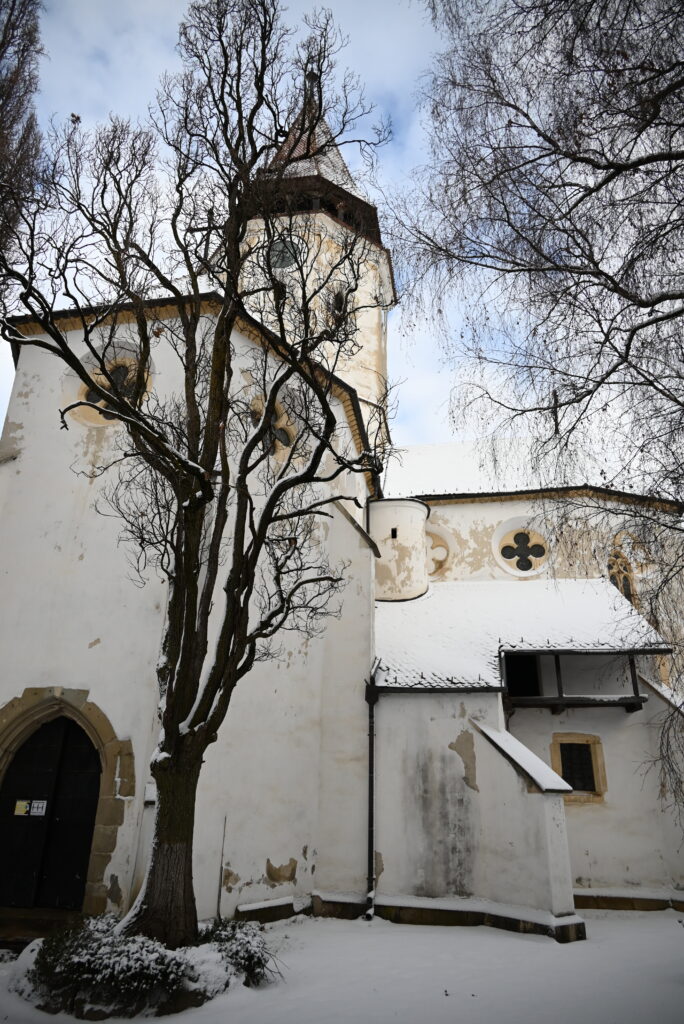
But having the sites all to oneself is a real privilege and it’s becoming increasingly rare. Plus, the cold (perfectly bearable) and the gray sky added mystique to discovering Romania. The country has a very rich history, but obviously, its recent history, like that of too many countries in Central and Eastern Europe, is quite painful.
The scars of communism are visible in the architecture of the cities. I’ve always been fascinated by Soviet or communist-influenced architecture. I find a certain beauty in cities with planned urbanism, like Brasilia or Astana. And a certain charm in the large, austere buildings whose grayness betrays the utopia that led to their construction. Fantasies of a bright future that left behind only dilapidated estates.
Bucharest presents a contrasting face, with a mix of styles that make the city a bit confusing, more difficult to read than other capitals in Eastern Europe. But that’s also what gives it its charm, its authenticity; it doesn’t hide the influence of the 20th century behind baroque or classical facades. Many buildings in the city center are not restored and are darkened by time. It feels less like visiting a city cleaned up for tourists.
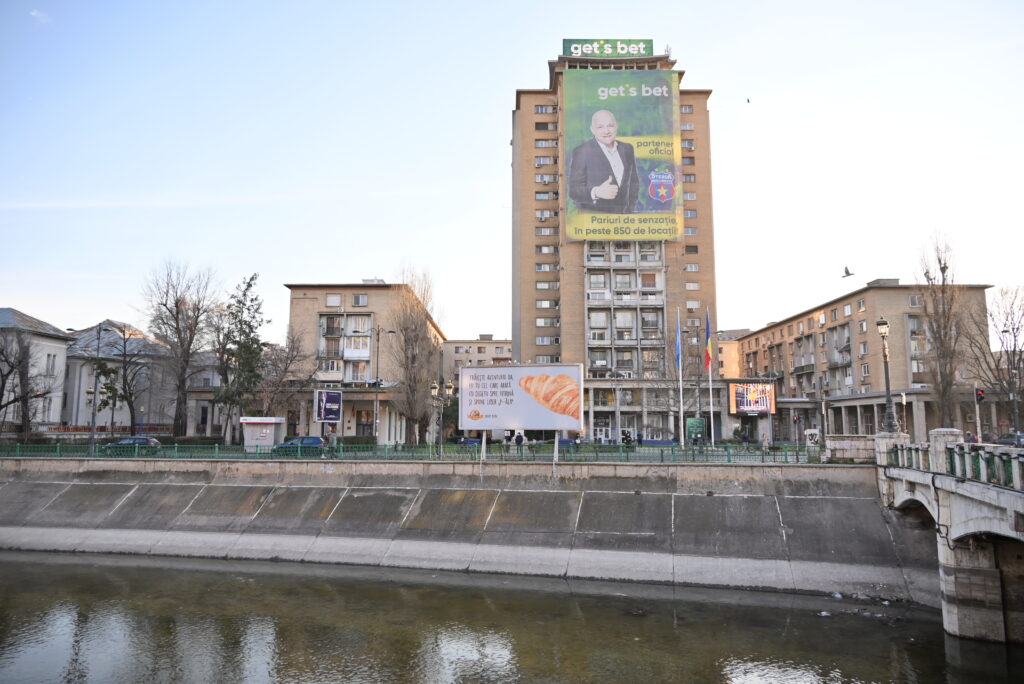
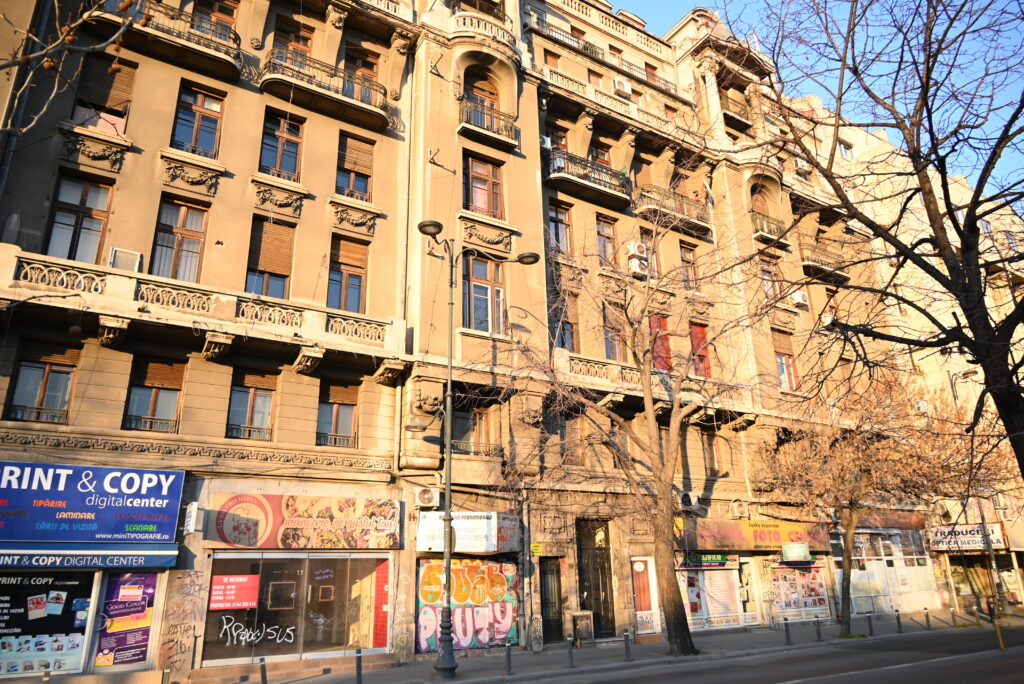
I don’t like it when tourist guides extol the virtues of hidden beauty, claiming that the beauty of a place is greater when it’s not obvious. I love Paris because its beauty is there, classic, easy to admire. I love cities that are proud of their beauty, of their charms. But there’s a strong temptation to turn cities into museum cities, to make them pretty and clean to attract more tourists, often at the expense of local life.
Bucharest doesn’t fall into this trap. The city offers an authentic face and doesn’t seem to want to hide its flaws. Beautiful classical buildings stand alongside dilapidated buildings and large complexes where a large part of the population lives.
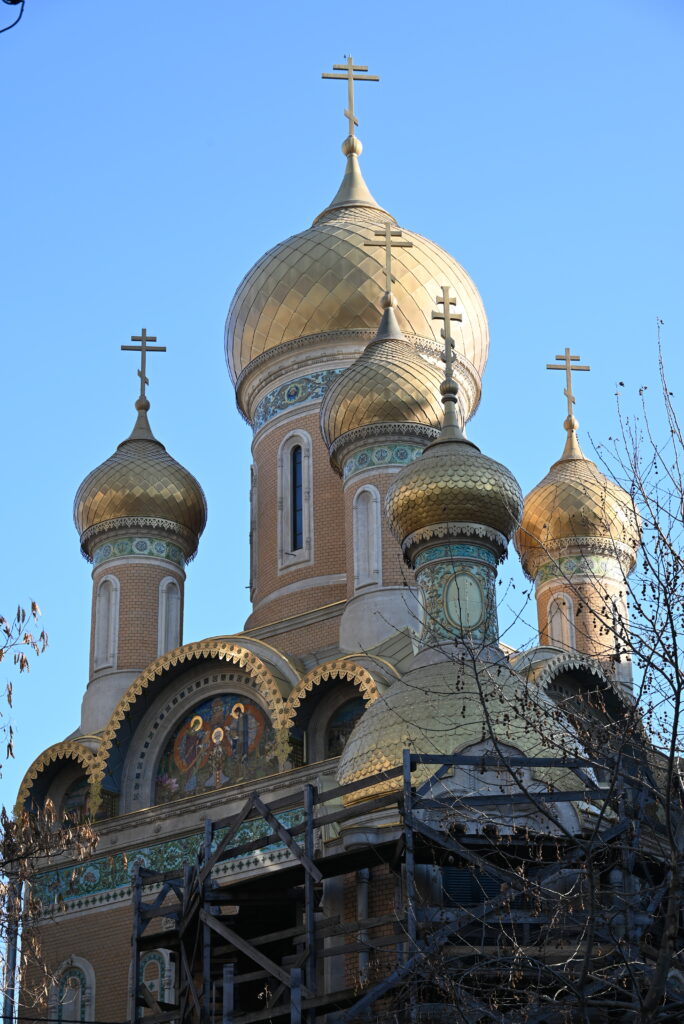
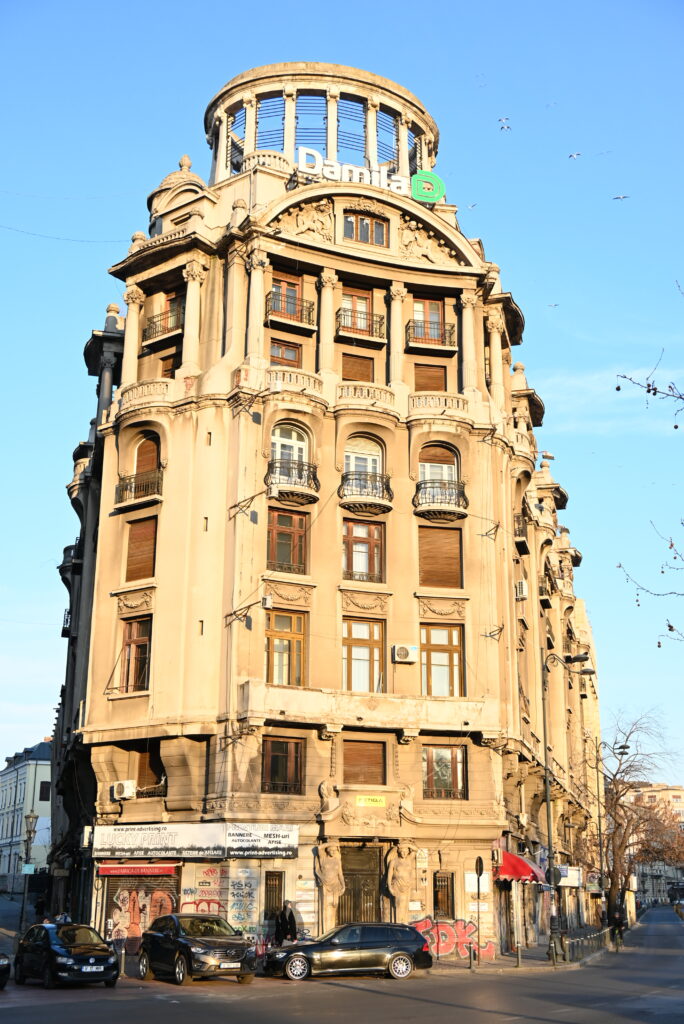

On the contrary, Ceaușescu’s villa, where the former communist president/dictator and his family resided, cruelly illustrates the unspeakable privileges and impunity in which leaders of supposedly egalitarian ideological countries lived. How many countries even today in the world are ruled by a dictator who lives in opulence while watching their people starve? Ironically, Ceaușescu’s villa has now become a museum, and the communist-inspired buildings are still inhabited, partly restored.
In Romania, modernity sometimes coexists with a somewhat archaic rurality. This authenticity is visible on the country’s roads, where it’s not uncommon to encounter stray dogs and plows.
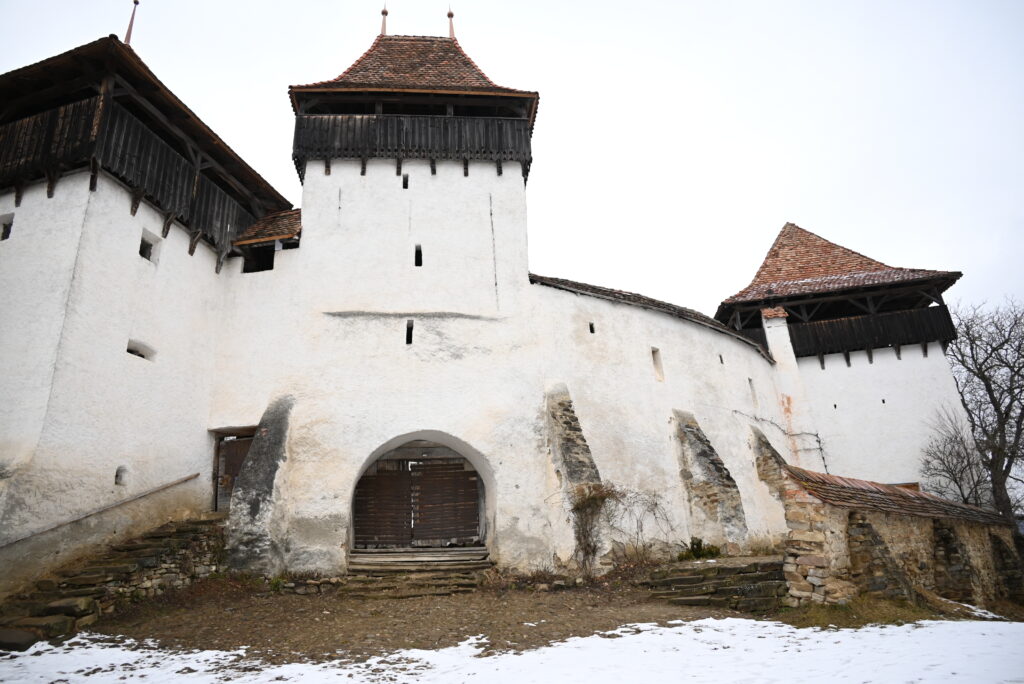
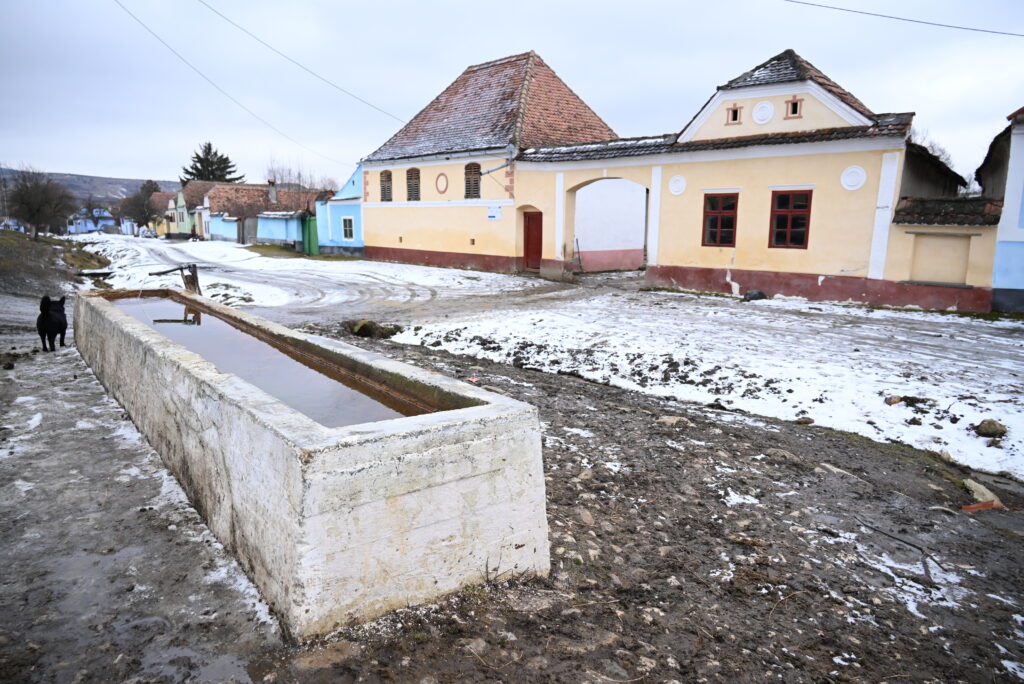
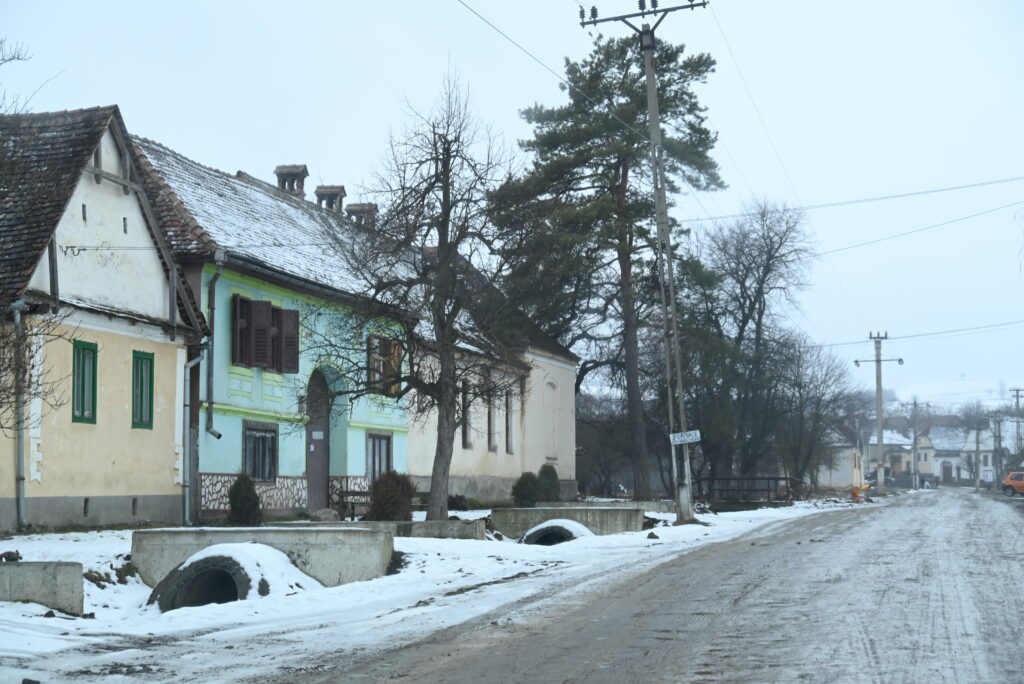
Hitting the roads of Romania unveils colorful villages, snow-capped mountains, and isolated castles. In just nine days, we explored a modern capital, vibrant touristy towns, fortified Lutheran churches, Germanic-influenced architecture, a salt mine, and, of course, Dracula’s Castle.
When one mentions Transylvania, Dracula comes to mind. The timing was perfect: snow blanketed the ground, and the sky shifted between sunny and threatening. The site was relatively uncrowded. In short, conditions were ideal to tread in the footsteps of Dracula.
But beware, similar to Bucharest, don’t expect an amusement park. Bran Castle wasn’t built like the Sleeping Beauty castle. It has retained all its authenticity. It’s a real castle and is visited like any genuine castle, presenting its true history. So, tough luck for tourists hoping to find vampires hidden in a bedroom (yes, I’m thinking of François in particular…).
During this trip, I felt that Romania wasn’t catering specifically to tourists. It gladly welcomes them (even if we encountered a few small scams), but it doesn’t seem to transform itself to please them. Perhaps the country is confident in its assets. Maybe the growth in tourism will change things in the coming years. For now, Romania maintains its authenticity. And that’s probably what I liked the most during this stay, something that unfortunately tends to become increasingly rare in the world. The country might not be the most beautiful or certainly not the most Instagrammable, but its authenticity is its strength. So, let’s forget about the marketing, and hooray for the travelers!

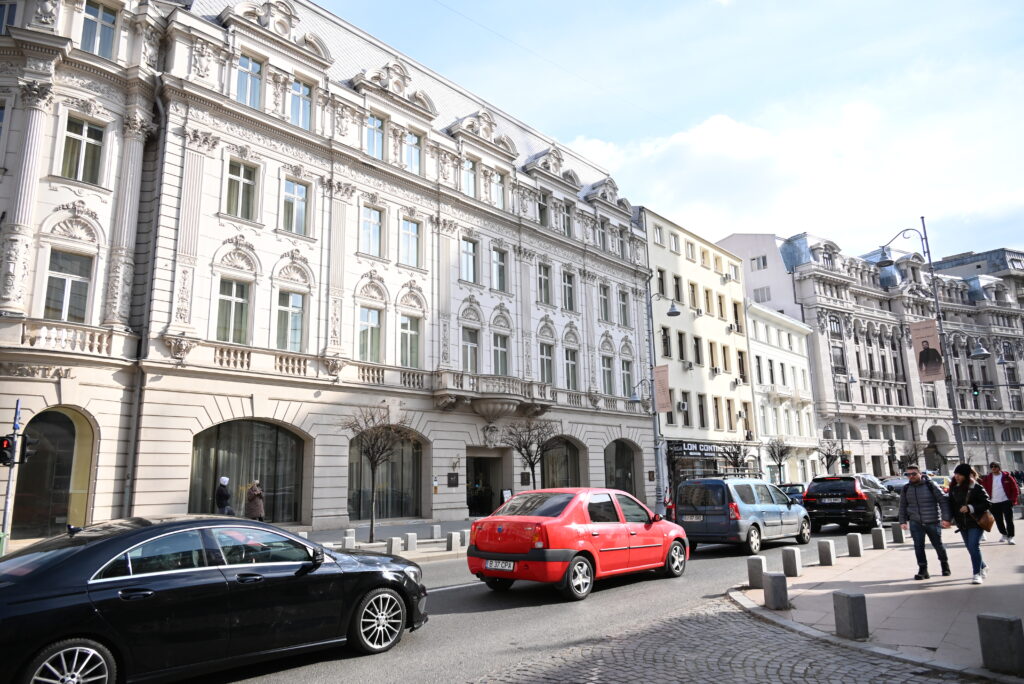
Check out François’ Travel Reflections:
Find all our other articles on Romania:


